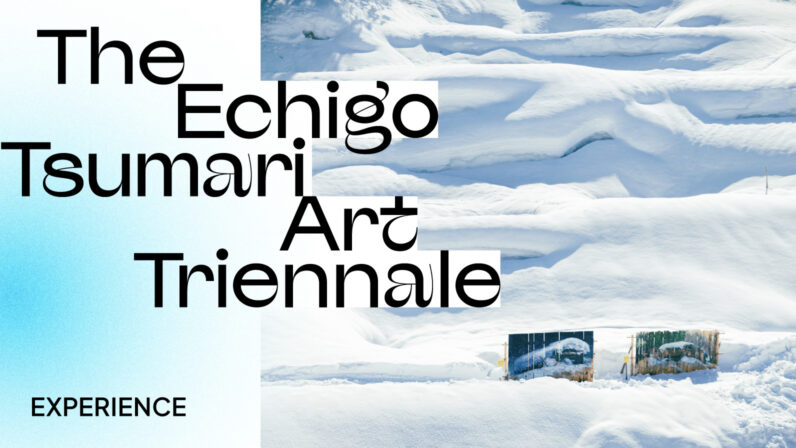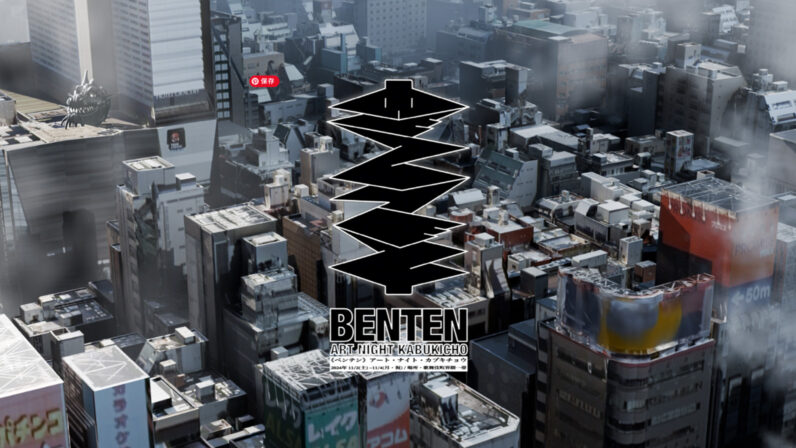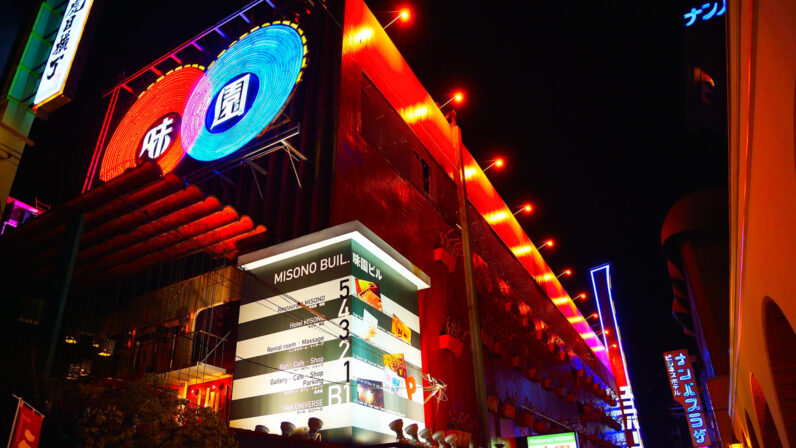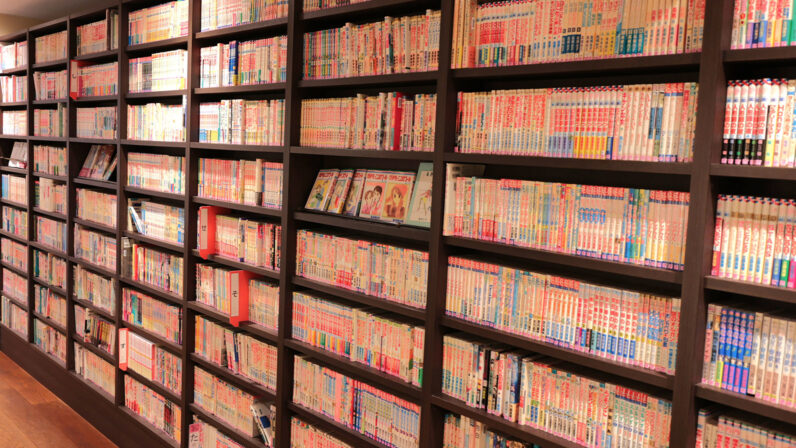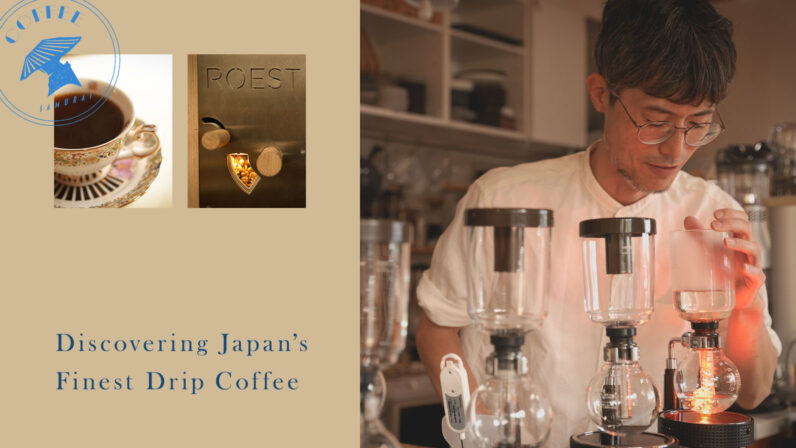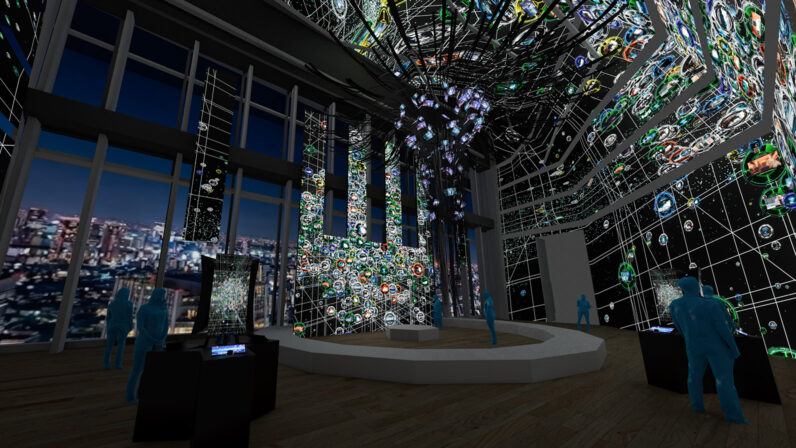Painter Tanaka Isson devoted his life to the pursuit of art. The exhibition ‘Tanaka Isson: Light and Soul’ showcases his life and the works he created. Currently on display at the Tokyo Metropolitan Art Museum in Ueno, it will be open until December 1, 2024.

The Life of Tanaka Isson
Born in Tochigi Prefecture in 1908, Tanaka Isson moved to Tokyo in 1914. From a young age, he displayed exceptional artistic talent and was regarded as a prodigy. In 1926, he entered the Department of Japanese Painting at Tokyo Fine Arts School (Tokyo Bijutsu Gakko), now known as Tokyo University of the Arts (Tokyo Geijutsu Daigaku). Among his classmates were Higashiyama Kaii and Hashimoto Meiji, who would later become renowned Japanese painters and notable figures in the art scene. However, he left the program after just two months for personal reasons. In 1938, he relocated to Chiba with his older sister, younger sister, and grandmother, working as a farmer while continuing to develop his painting practice. In 1958, at the age of 50, he moved alone to Amami Oshima. While working as a dyeing craftsman in tsumugi weaving, he created numerous paintings inspired by the natural beauty of Amami.

Portrait of Tanaka Isson. Ⓒ2024 Hiroshi Niiyama
Tanaka Isson passed away at the age of 69 without gaining fame or accolades for his work. However, he began to receive recognition after a local exhibition organized by the people of Amami was reported by local media during his third memorial service. Four years later, in 1984, the NHK Educational Television program ‘Sunday Art Museum’ featured him, resulting in widespread acclaim. Today, he is regarded as one of Japan’s leading painters.
A Life Lived Through Art
Chapter 1, titled ‘Tanaka Beison: A Young Nanga Painter Active in Tokyo,’ features many of his artworks from childhood to early adulthood.

Chrysanthemum (1915), Sumi ink and color wash on paper / Framed small square poem card, Private Collection Ⓒ2024 Hiroshi Niiyama
Chapter 2, titled ‘The Chiba Period —“Isson” is Born,’ highlights works from the period after he lost his father at 27 and moved to Chiba to live with relatives. This section features many folding screens, including White Flowers (1947), his only piece to be accepted into a public exhibition, along with several sliding door paintings.

White Flowers (1947), Color on paper / Two-panel folding screen, housed at the Tanaka Isson Memorial Art Museum Ⓒ2024 Hiroshi Niiyama
Chapter 3, titled ‘My Own Way… to Amami’ features works created after Tanaka Isson moved to Amami Oshima at age 50, up until his death. His distinctive use of color and bold compositions in capturing the island’s nature are truly unmatched.
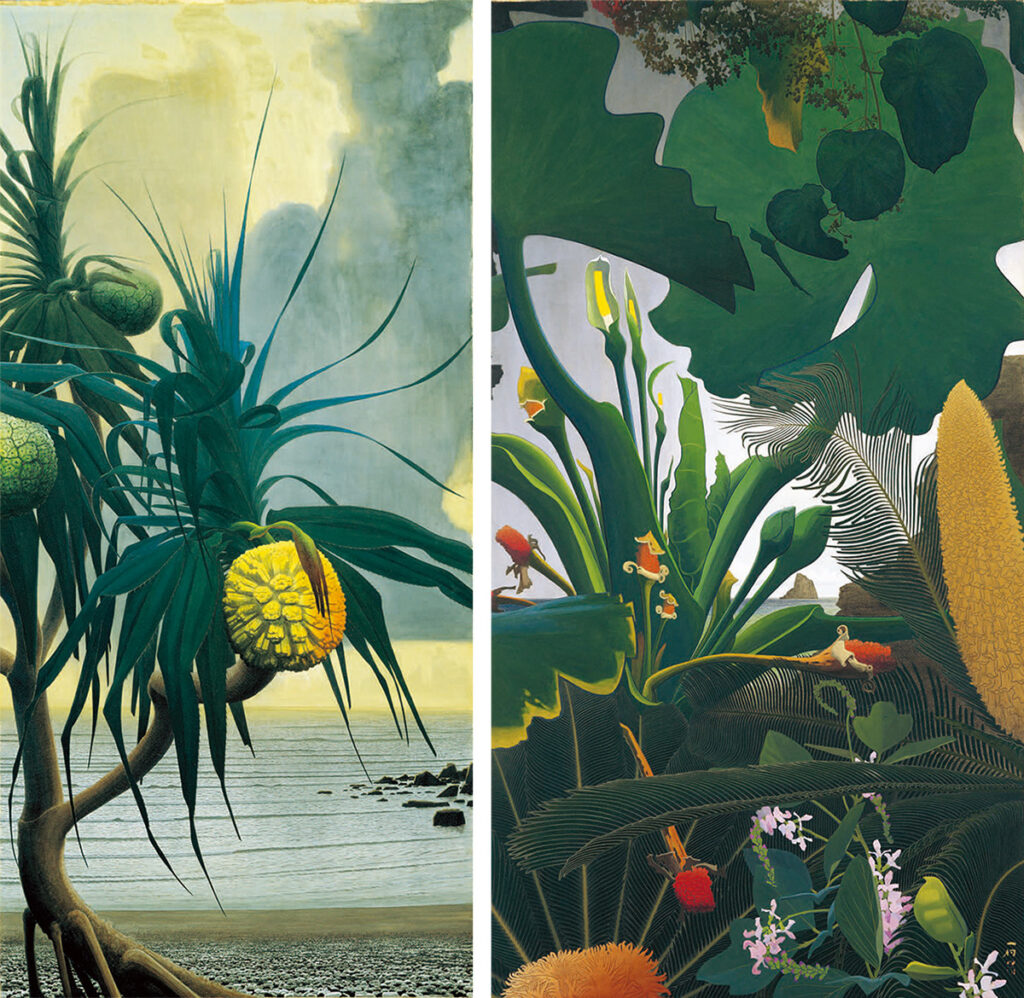
Left:Seashore with Screw Pine (1973 or earlier) Color on silk / Framed, private collection Ⓒ2024 Hiroshi Niiyama
Right:Alocasia Odora and Sago Palm (1973 or earlier), Color on silk / Framed, private collection Ⓒ2024 Hiroshi Niiyama
In his artworks ‘Seashore with Screw Pine’ and ‘Alocasia Odora and Sago Palm,’ which he described as gifts to the King of Hell, the indomitable spirit of the artist Tanaka Isson is undeniable and continues to resonate today.
Tanaka Isson dedicated his life to the pursuit of art, leaving behind an impressive collection of works. Take this opportunity to explore the exhibition and immerse yourself in the art that reflects his life and showcases the masterpieces that capture the essence of the Amami Islands.
Tanaka Isson: Light and Soul Venue: Tokyo Metropolitan Art Museum, Exhibition Hall Dates: September 19 (Thu) – December 1 (Sun), 2024 Opening Hours: 9:30 AM – 5:30 PM (Fridays until 8:00 PM) *Entry is allowed until 30 minutes before closing Closed: Mondays (open on September 23, October 14, and November 4), September 24, October 15, and November 5 Website: https://isson2024.exhn.jp/en Reservations are required for specific dates on weekends, holidays, and from November 26 (Tue) to December 1 (Sun).


